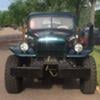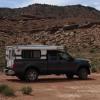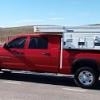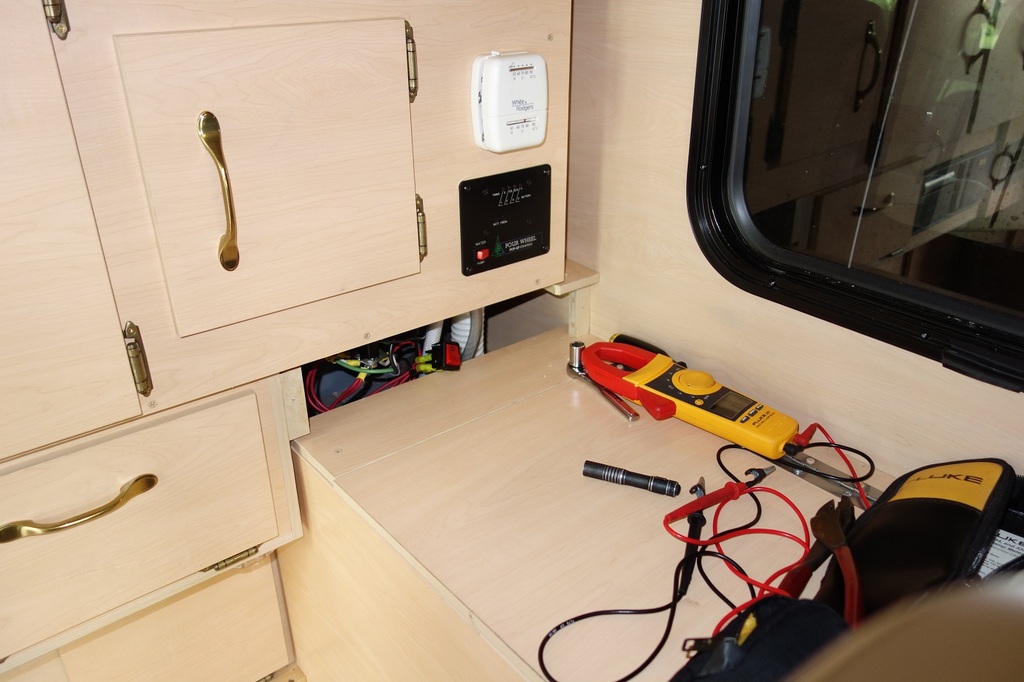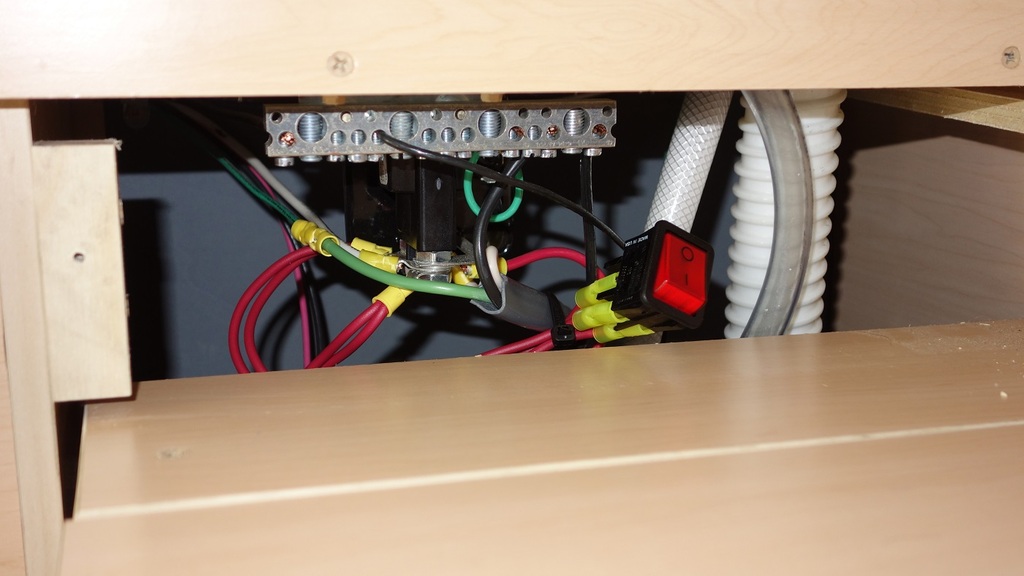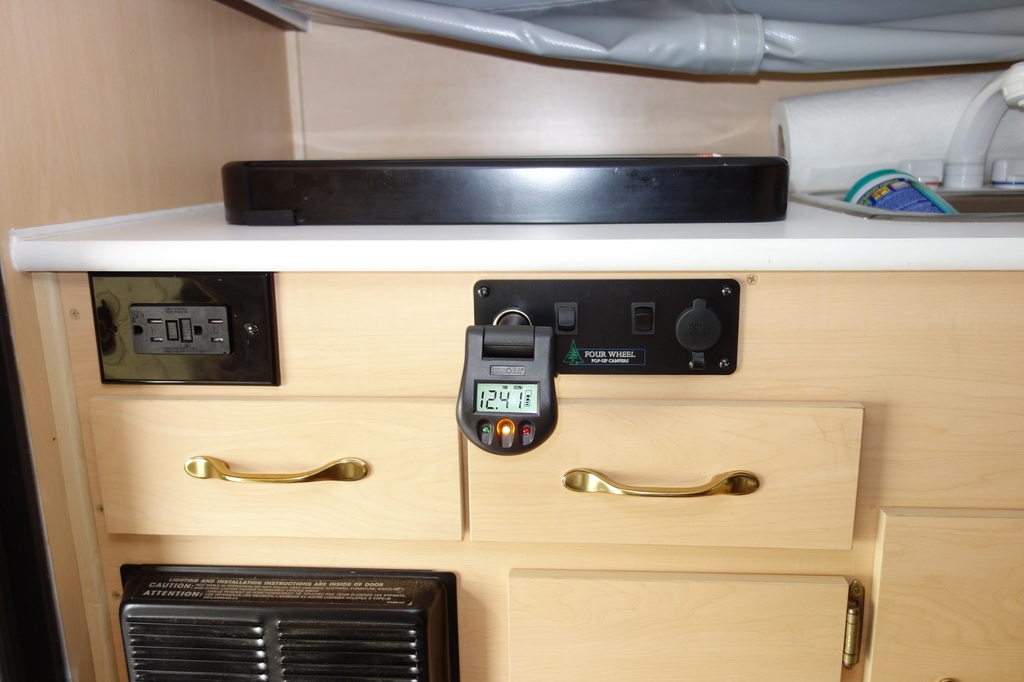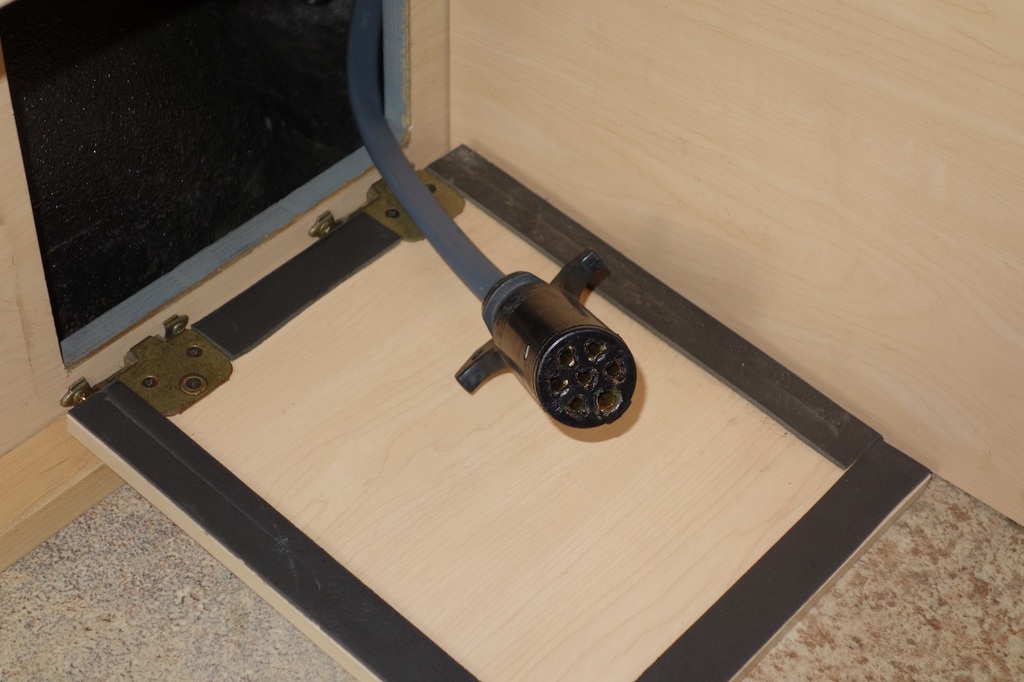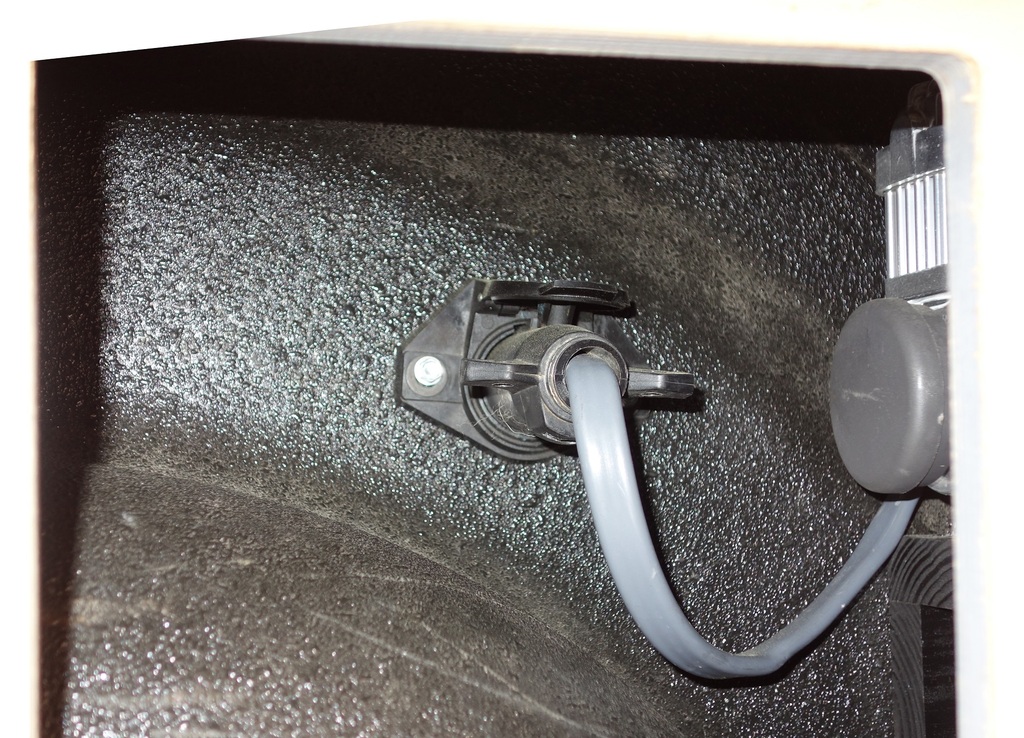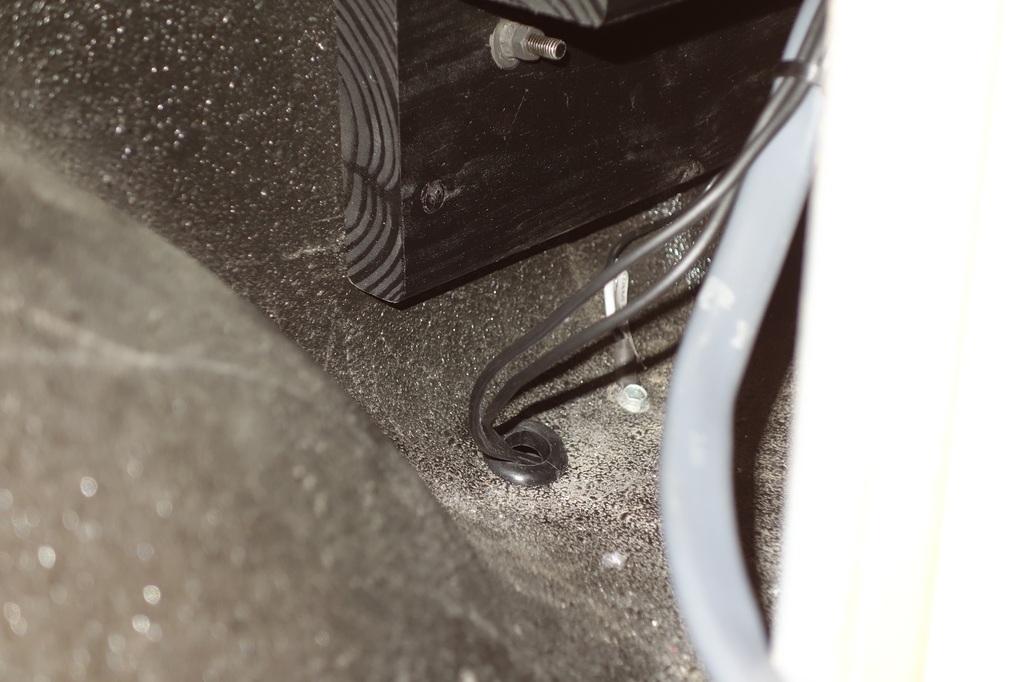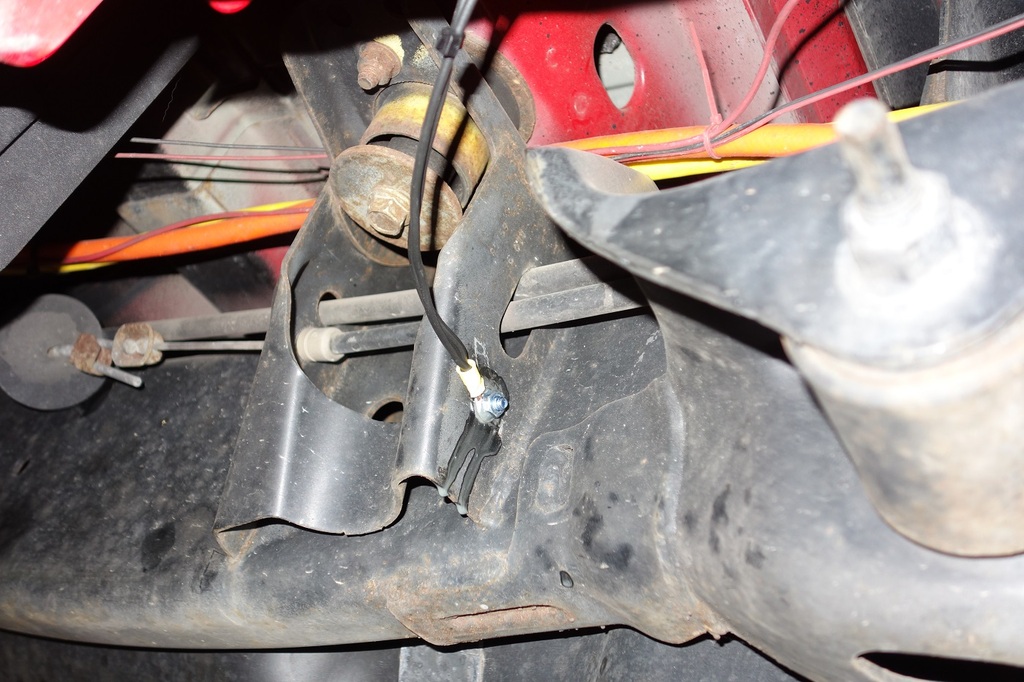Wire size, depending on year of manufacture, is a great question for Stan ...Stalking Light..you have a single panel @ 100w...would the current 160w panel be sufficient to keep the batteries up to snuff, assuming sunshine of course.
My head is spinning with all the solid info in this thread...Question: How would a FWC owner know if the alternator is providing enough current to charge a pair of batteries in the camper? Run the batteries down on voltage and then see if that is restored?
Thanks...
Phil
200W solar, 208ah batteries running a 2.1 cu. ft. refrigerator, fan, LED lights, charging MacBook and iPhone. I am usually back to 100% by 11 AM. Only once this last year was I not back to full by end of day and that was in 90+F temps with heavy overcast. So far I have not even hooked up charging from the truck.
Quickest way to test charging is to run the battery down below 80%, start truck charging and use a volt meter and clamp on ammeter to see what is happening at the battery.
Question for the electrical gurus: If my solar charge controller is providing 15 amps at 14.5 volts and my truck is providing 60 amps at 13.5 volts (at battery), does the alternator current help charge the battery?
jim



